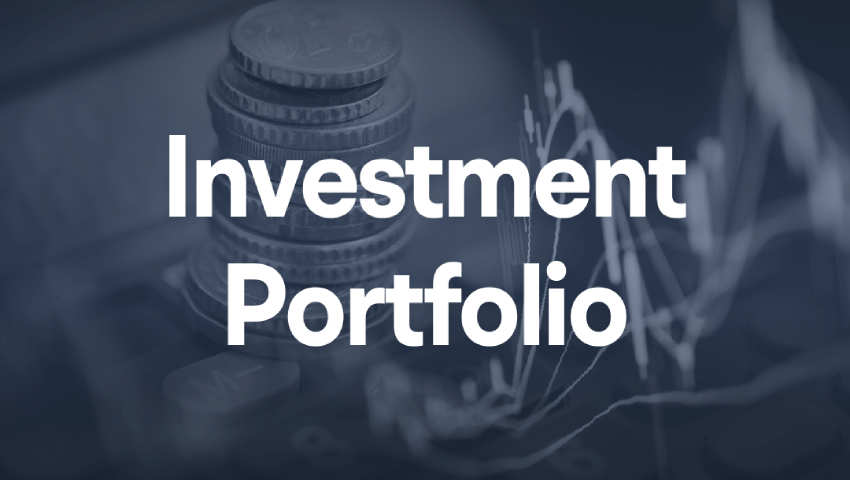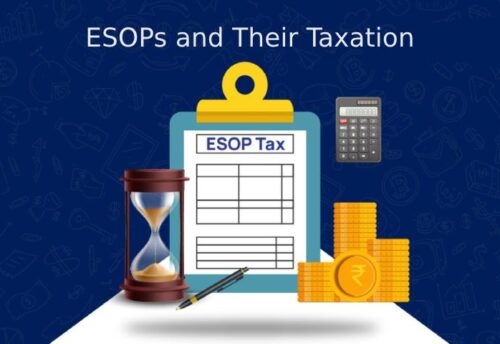
- 29/03/2025
- MyFinanceGyan
- 135 Views
- 3 Likes
- Finance, Investment
How to Start an Investment Portfolio: A Simple Guide
Investing is a great way to grow your money over time. Whether you want to save for retirement or earn extra income, a well-planned investment portfolio can help you achieve your financial goals.
Understanding Investment Portfolios:
An investment portfolio is a collection of different investments like stocks, bonds, and mutual funds. Instead of putting all your money into one investment, a portfolio helps you spread your risk by diversifying across different assets.
For example, if you invest in just one company and it fails, you could lose all your money. But if you invest in multiple companies and different types of assets, the chances of losing everything are much lower.
Why Building an Investment Portfolio is Important:
A good investment portfolio helps you grow your money and achieve financial security. One key benefit of investing is compound interest – this means your money grows not only from your initial investment but also from the interest it earns over time.
For example, if you invest ₹10,000 and earn 7% interest per year, in 10 years it will grow to ₹19,672. If you keep it invested for another 10 years, it will become ₹38,697! This is why starting early and staying invested for a long time can be beneficial.
Types of Investment Portfolios:
There are three main types of investment portfolios:
- Conservative Portfolio: More bonds, fewer stocks (less risk, lower returns)
- Moderate Portfolio: A mix of stocks and bonds (balanced risk and return)
- Aggressive Portfolio: More stocks, fewer bonds (higher risk, higher returns)
Your choice depends on your financial goals, how much risk you can handle, and how long you plan to invest.
Setting Your Investment Goals:
Before you start investing, think about what you want to achieve. Your goals will guide your investment decisions.
- Short-term goals: Saving for a vacation or a big purchase (less risky investments like bonds)
- Long-term goals: Saving for retirement or buying a house (can take more risks with stocks)
Your risk tolerance (how much risk you can handle) and investment horizon (how long you plan to keep your money invested) will also determine your strategy.
Choosing the Right Investment Platform:
There are different ways to invest your money:
- Online Brokerages: Websites where you can buy and sell investments yourself. Good for people who like to manage their own money.
- Robo-Advisors: Automated platforms that invest your money based on your goals. Good for beginners.
- Traditional Financial Advisors: Experts who provide personalized advice. Good for people who need professional guidance.
Choose the one that fits your needs and budget.
Diversifying Your Portfolio:
Diversification means investing in different types of assets to reduce risk. If one investment performs poorly, others can balance it out.
- Stocks: Higher returns but more risk
- Bonds: Lower returns but safer
- Mutual Funds/ETFs: A mix of investments for easy diversification
- Real Estate & Gold: Alternative investments for stability
Rebalancing Your Portfolio:
Over time, some investments may grow faster than others. Rebalancing means adjusting your portfolio to maintain your original investment strategy. For example, if stocks perform very well, you may need to sell some and invest in other assets to balance your risk.
Conclusion:
Starting an investment portfolio may seem complicated, but with the right approach, it can help you achieve financial success.
- Start small and invest regularly
- Diversify to reduce risk
- Stay invested for the long term to benefit from compound interest
Note: This article is for educational purposes only and does not provide specific investment recommendations.



